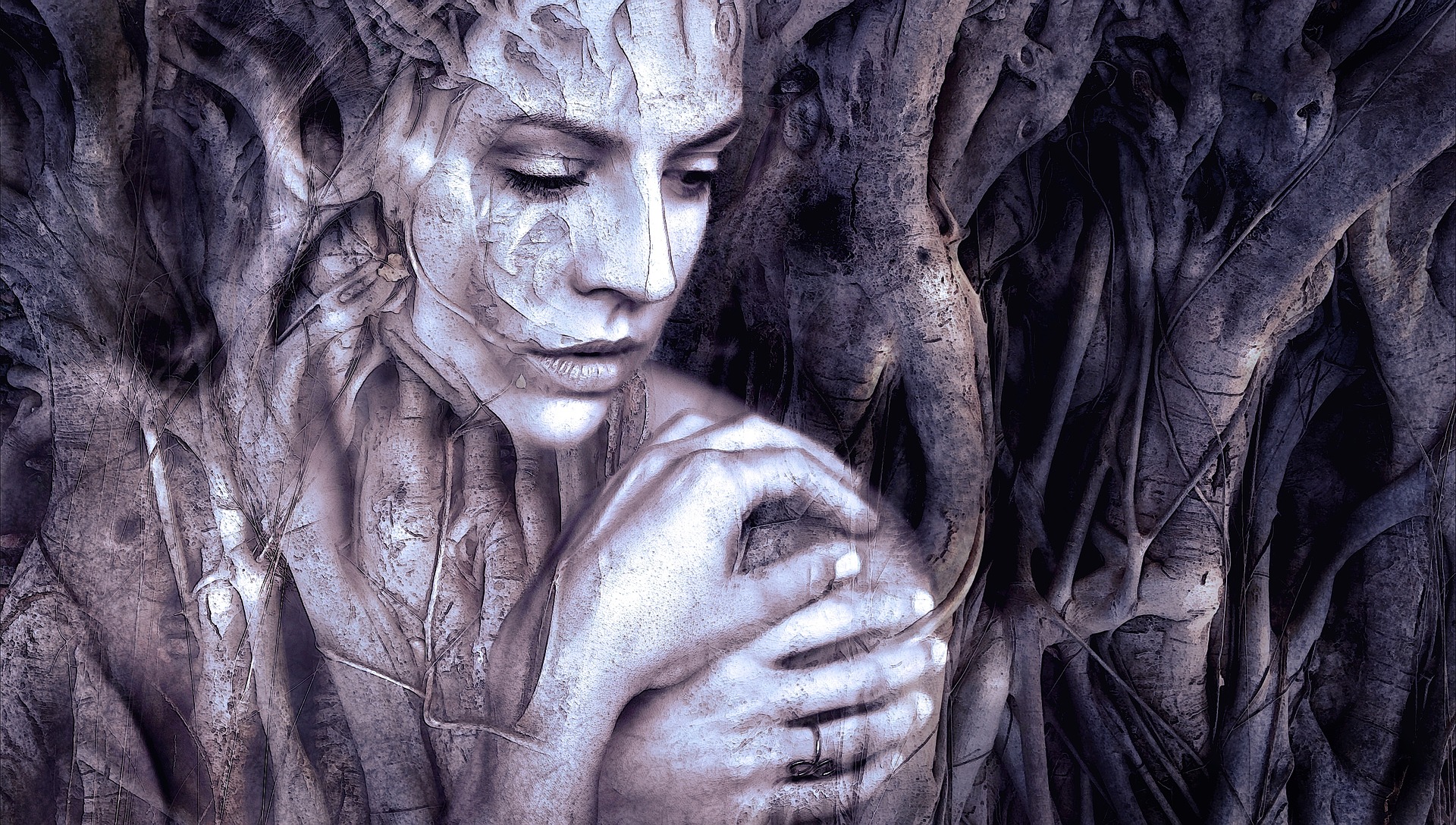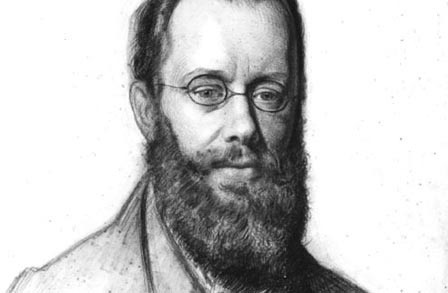Context: Emily Dickinson did not intend to publish her poems; all her poems were written in melancholy and solitude. It is interesting to note that most of her poems did not have a title. Hence, while publishing, the first lines of each poem were taken as the title of the respective poems.
Rhyme Scheme and Style: There is rhyme scheme seen in every first and third line and second and fourth line of the quadrant. For example, the first line ends with “feathers”, which rhymes with last word of the third sentence of the quadrant “words”. Similarly the second sentence ends with the word “soul”, and the fourth sentence ends with the words “at all”, which rhyme with each other.
On pondering upon the writing style of Emily Dickinson, one might find it to be short in nature, lyrical, and an expression of feelings and thoughts. As mentioned earlier, she has written all her poems in melancholy and solitude, where poems became her only mode mean of expression of thoughts. In her poems, she uses the word ‘I’, which however does not mean Dickinson herself, but the speaker of the poem; this ‘I’ could also be any person: who is reading the poem, or who is listening to it, and is able to relate to it. Hence, there is no authority to the meaning and expression of the poem; it could be anyone’s thought or expression. Dickinson follows a specific pattern of writing pattern, which we call a common meter. She has written this poem in alternating lines of 8 syllables and 6 syllables.
The reader should pay attention to the syllables and accented words to figure out the pattern of the poem. Dickinson has used some imagery connotations, like sight, for “little bird”, “gale” and “storm”, touch for “chilliest land”, and sound for “tune without words”. The attitude in this poem that I could draw is optimistic, cheerful, thoughtful, humble, calm, and consoling. In the end, if the reader wants to interpret the poem, there could be three possible themes that are possible in this poem. The first one would be that Dickinson has written about a bird with a broken wing, which does not give up trying to fly. The second would be that we need hope and motivation in our lives to help live through the hardest times and difficulties. The third one could be that hope is an inevitable thing in everyone’s life, which sings the tunes of bliss, calmness, and consolation in the soul, and helps the person to wait for the happiness that is followed by dark hours.
Theme: This poem is a more of an abstract idea of hope and how it is an inevitable and delicate thing that is persistent in our lives. Since Dickinson has spent most of her life inside her house, where she had excluded visits by friends and family, her poems are like scribbles that spoke of her struggles. She has written about the power of the word-hope, where she tries to bring out the strength of this word, which is often taken lightly. By reading her poems, including this, one could see how she felt imprisoned in her own body. Her poems focus on the question of self-identity and confusion, importance of faith, and her sufferings. Poetry becomes her language of communication with the outside world. In this poem, she established a strong relationship with hope, herself, and Nature, where she uses the qualities of a bird as metaphor to describe the power and delicate nature of hope. Nature has become the symbol in her writing through which she has tried to show the complex relationship with herself and hope.
Deep Meaning: The deeper meaning of the poem is that hope is an inevitable thing that lives in or heart, and does not leave our side even during the most difficult times. Hope is something that lives in everyone’s heart, and does not take much effort to stay alive. It is something that does not want anything in return, but helps us to get through the difficult times of our life.
Dear Readers- If this summary/analysis has helped you, kindly take a little effort to like or +1 this post or both. Make sure you like Beamingnotes Facebook page and subscribe to our newsletter so that we can keep in touch. We’ll keep informing you about stuffs that are really interesting, worth knowing and adds importance to you.
Some online learning platforms provide certifications, while others are designed to simply grow your skills in your personal and professional life. Including Masterclass and Coursera, here are our recommendations for the best online learning platforms you can sign up for today.
The 7 Best Online Learning Platforms of 2022
- Best Overall: Coursera
- Best for Niche Topics: Udemy
- Best for Creative Fields: Skillshare
- Best for Celebrity Lessons: MasterClass
- Best for STEM: EdX
- Best for Career Building: Udacity
- Best for Data Learning: Pluralsight















